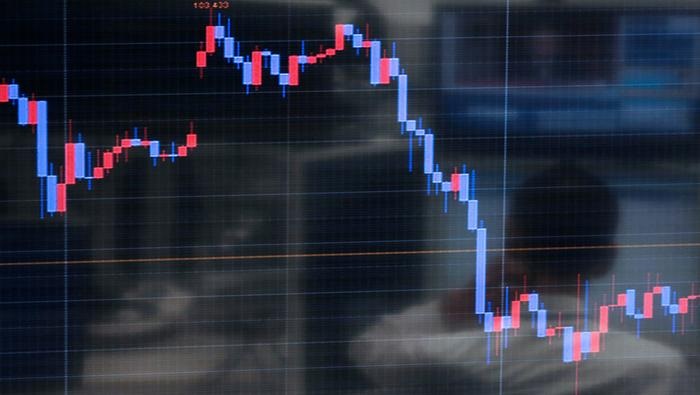While we all enjoy making fun of unfulfilled forecasts by meteorologists, perhaps the trading community should not be so irritated. Day traders and weather pros use similar methods. Meteorologists, like day traders, are always looking for signs and patterns that indicate a change is imminent. Anybody can see outside and predict tomorrow’s weather. Predicting the weather is about knowing when it will change. This is similar to a trader looking at a stock chart. Similarities include the fact that signals and patterns we look for may not always be accurate. A stock chart showing a pennant pattern doesn’t necessarily mean that the share price will continue to rise with 100% certainty. A system that forms over warm water and has high winds won’t always become a hurricane. Although meteorologists can’t make precise predictions, they do offer a range of possible outcomes. Traders use technical signals such as the double bottom pattern to do the same thing.
What is the Double Bottom Pattern?
A momentum trading signal, the double bottom pattern, is used to predict when a trend will turn. Check out these figures chartistes for more. The stock will make two similar lows after a downslope to identify this pattern. These two price points do not have to be identical but the stock must bounce back from at least two similar areas before a double-bottom pattern can be identified. After a significant drawdown, a double bottom pattern is formed. This indicates that selling pressure has eased. Although the stock might not move in a meaningful way upwards, the bottoming formation should serve as a support level.
The Double Bottom Pattern: A Breakdown
If you are trying to identify a double bottom pattern, the previous decline should be at least 10%. However, it can be as high as 30%. We don’t want to remove any pattern formations that are only 2 to 3 percent. To trade off a double-bottom pattern, certain criteria must exist. These are just a few examples that will help you understand the point.
Example 1: PotBelly Corporation, PBPB
PotBelly Corporation, a small sandwich shop operator that has 400 locations and a market capitalization of less than $100M, is owned by PotBelly Corporation. It fell below $2 per share in March, when the pandemic gripped the sector. Although there were a few false rallies in spring, the stock topped out at the same price level in June. This formed a clear double bottom pattern. Although the initial upswing was slow, traders had to remain patient and the stock never fell below $2 before almost doubling in July. E
Example 2: Kemper Corporation (KMPR)
Here’s an example of a well-established firm. Kemper Corporation is an insurance company that offers property, casualty and health insurance services. This stock is not one that can be bought and sold by the masses. It has a market capital of over $5B and almost 10,000 employees. The stock fell to $55 after reaching $80 per share in February. However, it rebounded quickly from that plunge. The rally was short-lived as the shares fell below $60 again, but stopped at the $55 mark in May. The stock reached new highs of 2020 in the first week after traders spotted the double bottom and reacted quickly.
Example 3: Bluegreen Vacations Corporation, (BXG).
The coronavirus wreaked havoc on every industry, but the travel sector was the hardest hit. Bluegreen Vacations Corporation received a 60% haircut during the crisis. The stock reached its initial bottom in March, and the support level was tested again in May. After hovering around the $3 mark in May, the stock climbed back to $4 in June. It never retested the support level created by the double bottom. BXG has a long way to recover, but traders who are skilled would have made a 100% profit if they bought the stock when this support level was confirmed.
Tips For Trading A Double Bottom Pattern
A double bottom pattern, like any technical trading signal is not a guarantee of riches. Trading signals can be misleading. Don’t try to find them. These are some tips to trade the double bottom pattern. Patience is a virtue. As you can see, the double bottom pattern is best for swing traders and not day traders. It can take weeks, if not months, for a double bottom to form before the breakout occurs. These trades are not for the faint of heart. Keep your faith in your trade and keep it going until the chart becomes negative. Position sizes should not change – Sometimes traders get caught up in the gambling mindset and try to double their trades or push more capital into failed trades. Do not allow your emotions to cause you overtrade or alter the size of your position. You can take some time off the screen. The double bottom pattern is a slow reverse of a downtrend. This is good news for traders, but it doesn’t require your attention 24/7. You don’t have to be anxious about a trade that doesn’t pay off for several weeks. Double bottom patterns are a good trade. You’ll have plenty of breaks, which is great for your mind.









